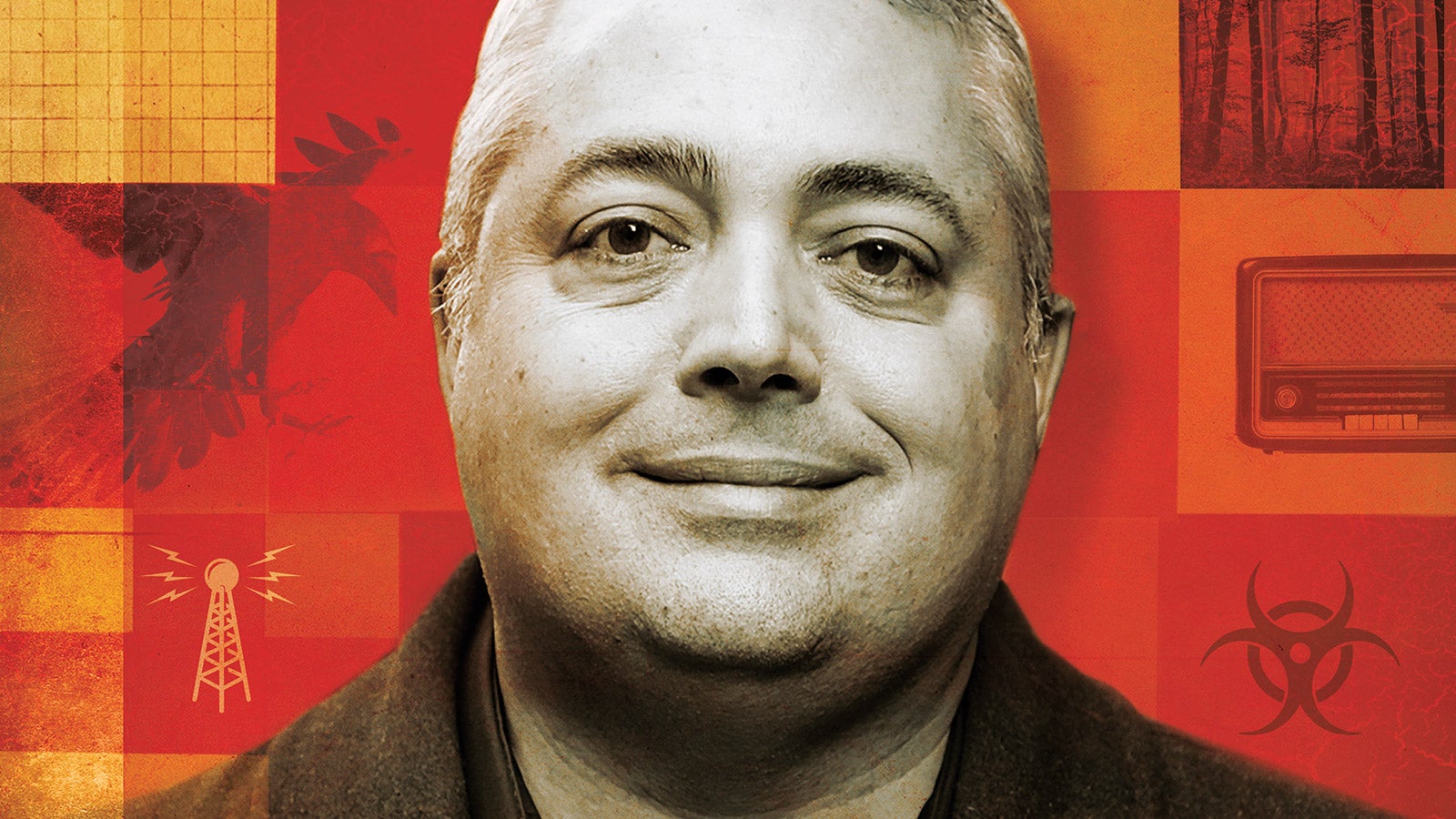
Generating a Buzz
Summer 2021 | By Nicole Dudenhoefer ’17
From franchises such as HBO’s True Blood and Game of Thrones to Hulu’s The Handmaid’s Tale, chances are Mike Monello ’92 has played a role in promoting — or rather, expanding the experience of — one of your favorite TV shows.
As the founder and creative director of transmedia marketing firm Campfire, Monello has created dozens of innovative campaigns over the years. But the film grad’s interest in marketing was actually driven by the success of one of his first movies, The Blair Witch Project.
In the mid-’90s, Monello worked with five other UCF film alums — Robin Cowie ’93, Gregg Hale ’95, Dan Myrick ’93, Eduardo Sánchez ’94 and Ben Rock ’95 — to help create the movie. By launching a website with a backstory for the film, many thought the movie was a documentary rather than part of the promotion, causing Blair Witch to go viral before doing so was really a thing. Building on that buzz, the team was able to drum up a strong fan base before the horror flick even had a final cut.
And while Blair Witch remains the fifth highest-earning independent film of all time, having grossed around $250 million worldwide, Monello says Hollywood wasn’t ready to invest in projects that spent money online. However, marketing firms across the nation recognized the success and wanted to replicate it. So many reached out for other projects that eventually Monello and Hale co-founded Campfire in 2005.
“Marketers weren’t looking for a business model, they just wanted attention, and we were getting budgets to basically tell stories online,” says Monello, who accessed the internet for the first time at UCF. “That was so much fun and fascinating because it felt — and still feels — like basically every time we did something it was the first time.”
While no two projects are alike, Monello has learned some basic principles that help get people’s attention.
Blur the Lines Between Fact and Fiction
Just like with Blair Witch, Monello’s work often leaves people wondering if what they’re experiencing is actually reality. This includes a fictional pirate radio station for Amazon’s The Man in the High Castle, which takes place in an alternate post-WWII universe where the Axis powers won. “In 2017, we created a pirate radio station that broadcast from a neutral zone in the middle of the states and included original music and characters talking about the resistance,” Monello says. “It really resonated at the time because a lot of people felt America was taking a wrong turn, and some even thought it was a real, modern-day station.”
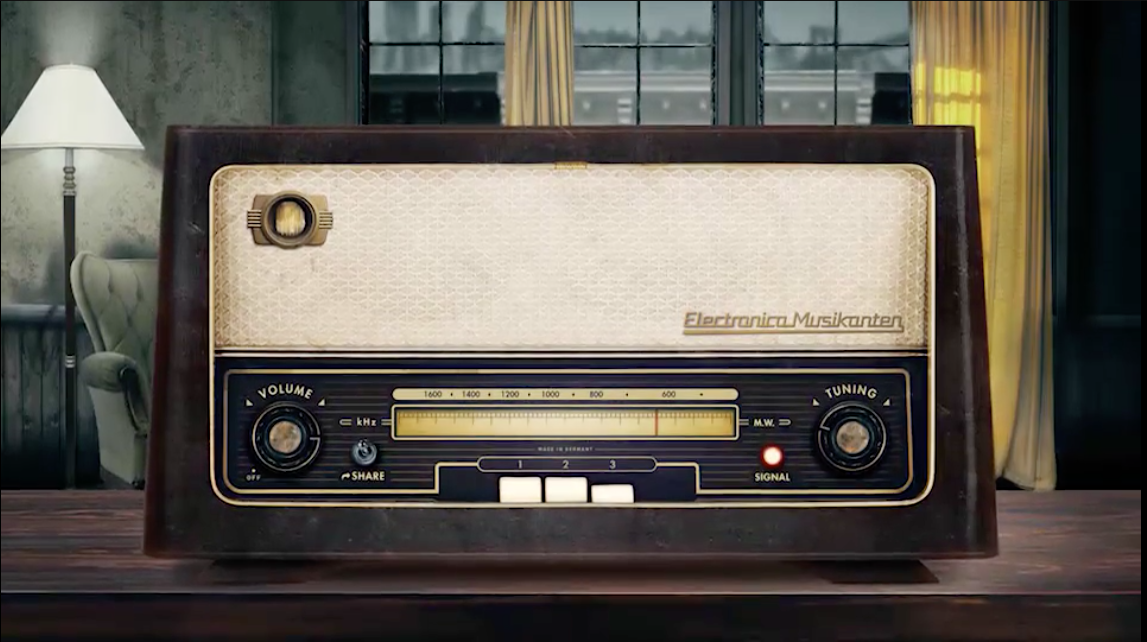
For Amazon’s The Man in the High Castle, Campfire created a fictional pirate radio station that may have existed in the show’s neutral zone in America.
Let Viewers Participate
Monello says there is a recurring theme that has proven to be successful for every project — the importance of leveraging participatory storytelling. Across multiple seasons of Game of Thrones, Campfire created opportunities for fans to be a part of the story. “For the show’s first season, we created a campaign around the senses, including pop-up food trucks in New York with a Game of Thrones-themed menu,” he says. “For the DVD release of season two, we created a site where fans could take a communal pledge of service to the Night’s Watch.”
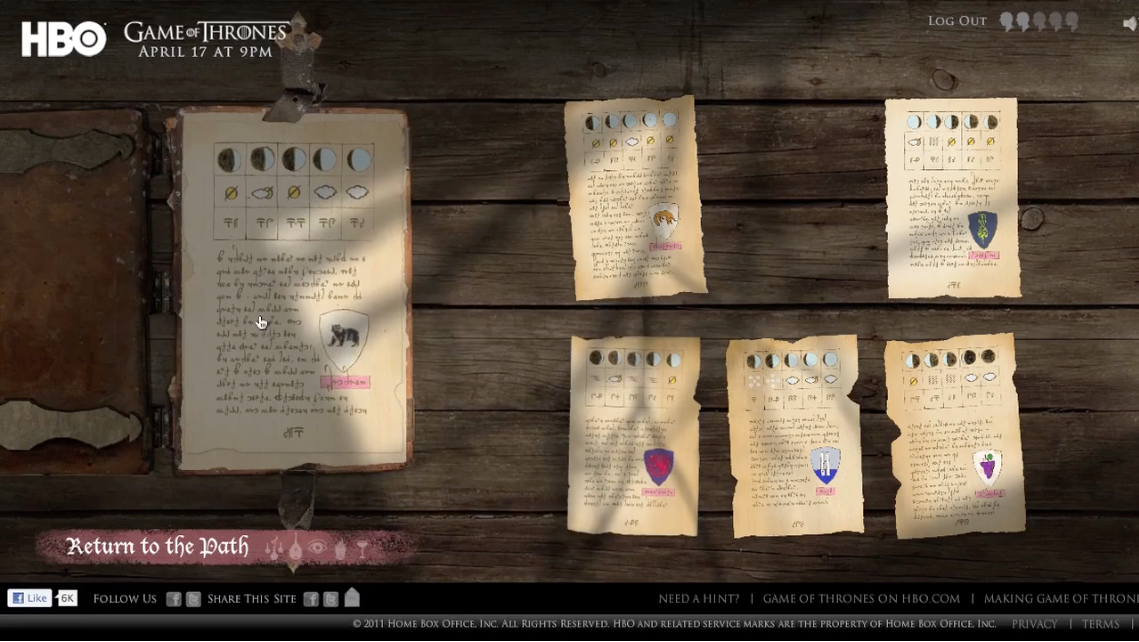
For HBO’s Game of Thrones, Campfire has created games and other online engagement activities to appeal to fans of a deeper interest.
Consider All Types of Fandom
Campfire’s work centers on thinking about their audience in three segments: skimmers, people who pay attention to something only when it appears in their day-today life; dippers, those who enjoy some aspects of something, but their fandom is dependent on social rewards; and divers, hardcore fans whose interest is deep and self-motivated. “When we first launched True Blood with HBO, we incorporated aspects of gameplay, a fake documentary, websites, and print and billboard ads to create a campaign that was multifaceted and appealed to people with various levels of attention,” he says.
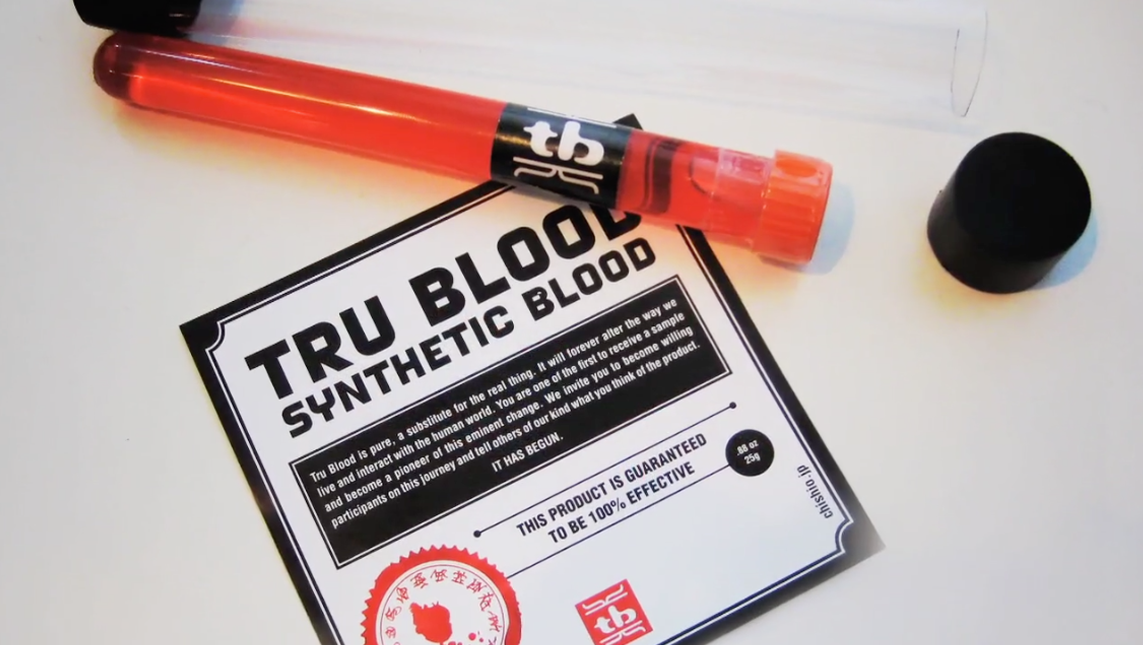
For HBO’s True Blood, Campfire used a variety of promotional tactics, from a fake documentary to billboard ads to create buzz around the TV show’s premiere.[
Expand Storytelling Opportunities
As binge-watching and streaming at home have become more popular, Monello says series creators and producers are realizing they need to create content that keeps the fans engaged between releases, such as his work for the new children’s series Ghostwriter on Apple TV+. “During the pandemic, we filmed a socially distant bonus vlog with one of the characters to teach children about storytelling and worked with five state library systems to develop programming,” he says.
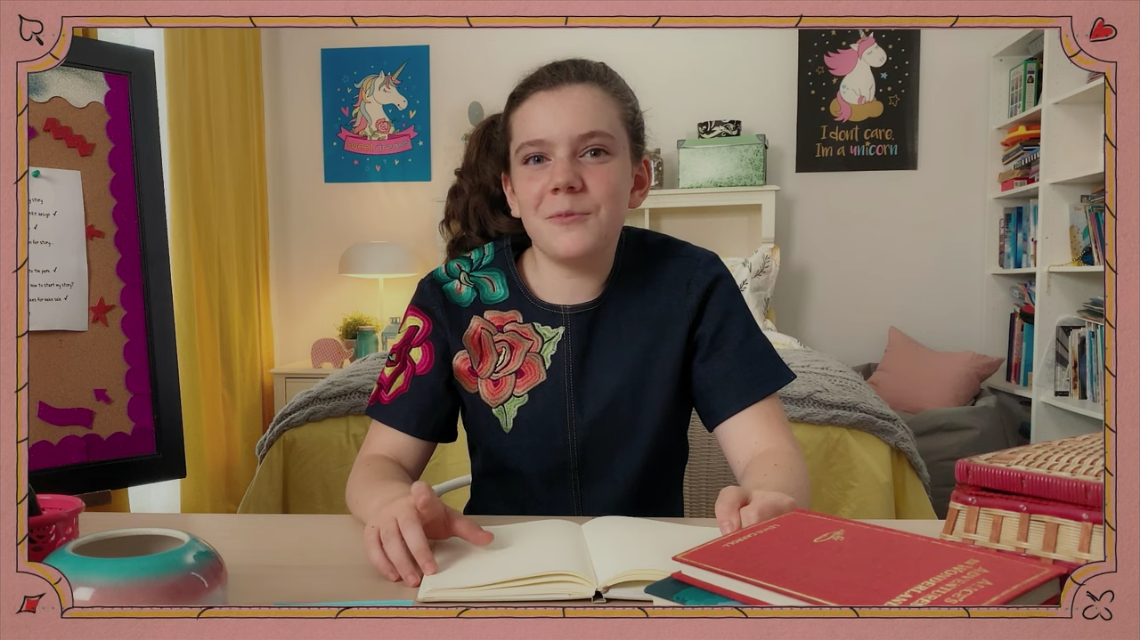
For Apple TV’s new show Ghostwriter, Campfire wrote and filmed a physically distant vlog with one of the characters.
Prioritize Physical Experiences
As we’re coming out of the pandemic and people are looking to get out more, Monello says he sees the return of physical marketing experiences, such as the one Campfire worked on for Amazon’s Hunters. “Hunters has this ’70s grindhouse movie vibe and takes place in New York,” Monello says. “For six days, we took over two blocks in Los Angeles, with actors in clothes, music and cars from the time, and altered 16 stores, a bowling alley and movie theater to look like they were from ’70s New York. It was a new way for people to explore a block they were familiar with and a fun way to experience the vibe of the show.”
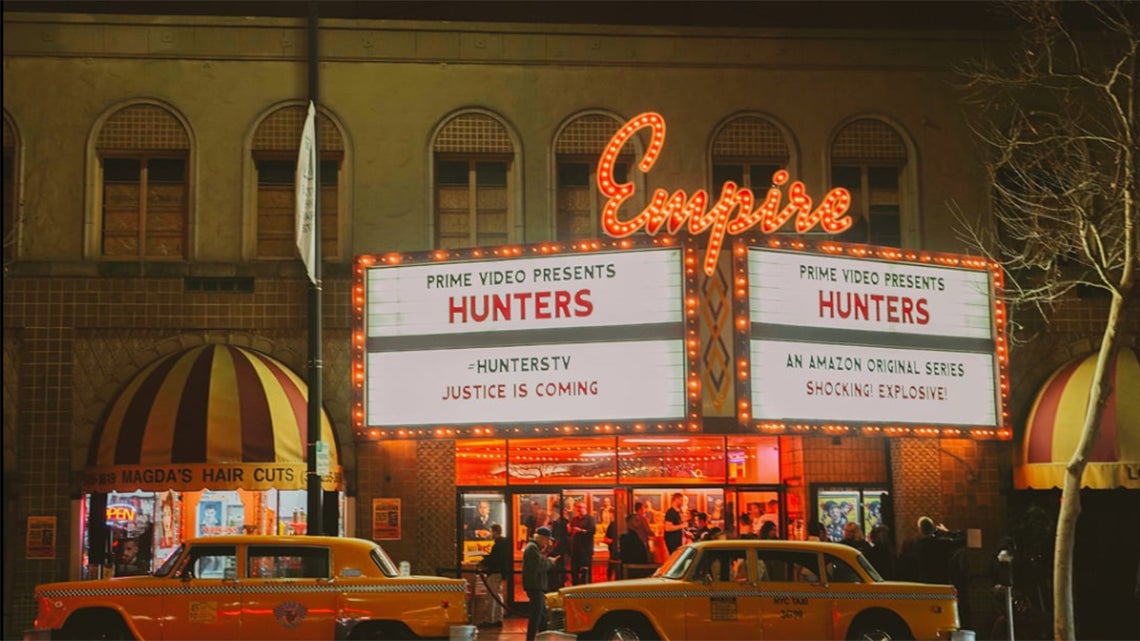
In February 2020, Campfire transformed two blocks in Highland Park, Los Angeles to replicate the look and feel of Amazon’s 1970s grindhouse-movie-style show Hunters.
Have Your Own Sandbox
While Monello’s career has heavily revolved around other creators’ stories, he’s recently been working with a team to create his own narrative with the horror podcast Video Palace. After a successful first season, he’s worked with several authors to publish Video Palace: In Search of the Eyeless Man, a collection of short stories that expands on the podcast. “We had been world building for so many stories we didn’t develop and wanted to take what we learned to create our own myths and stories that linger with people longer,” he says.
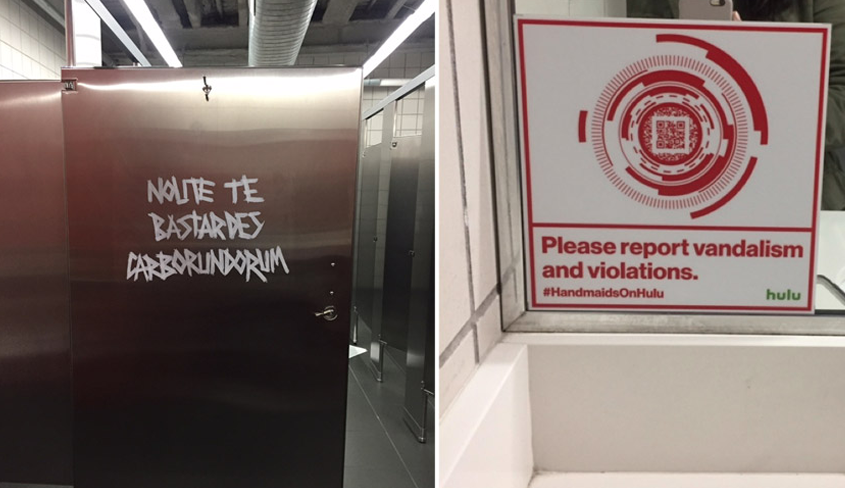
For Hulu’s The Handmaid’s Tale, Campfire placed teaser promotional items in women’s restrooms during New York Comic Con to ignite conversations around the show ahead of its premiere.
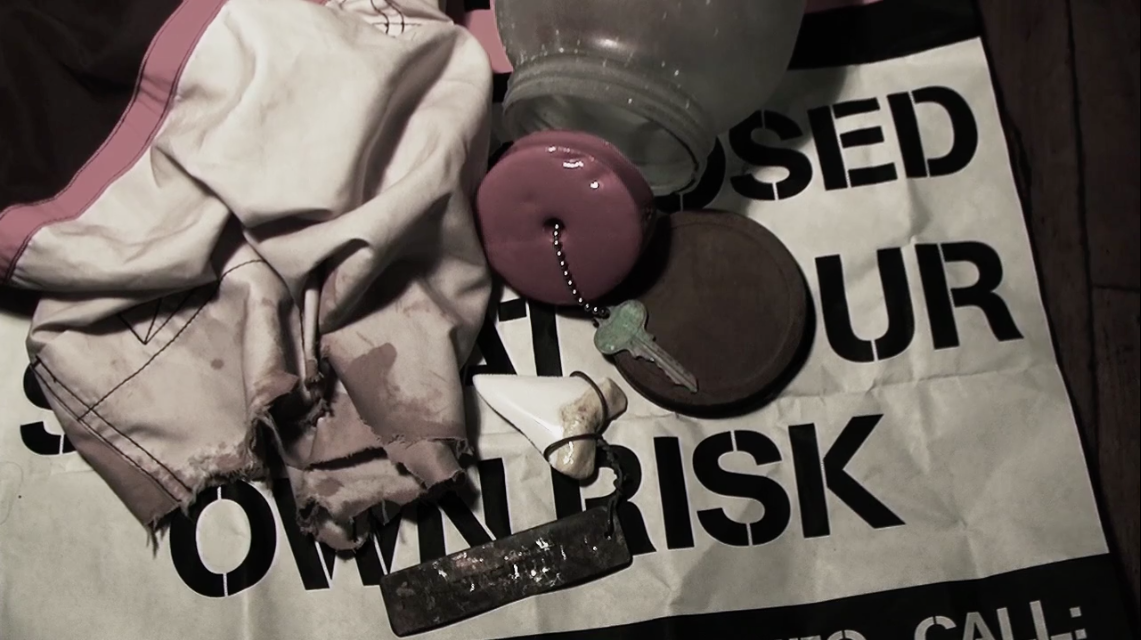
For Discovery Channel’s Shark Week, Campfire created a transmedia experience that used influencer outreach, Facebook Connect and a website to bring the visceral terror of a shark attack directly to its audience.